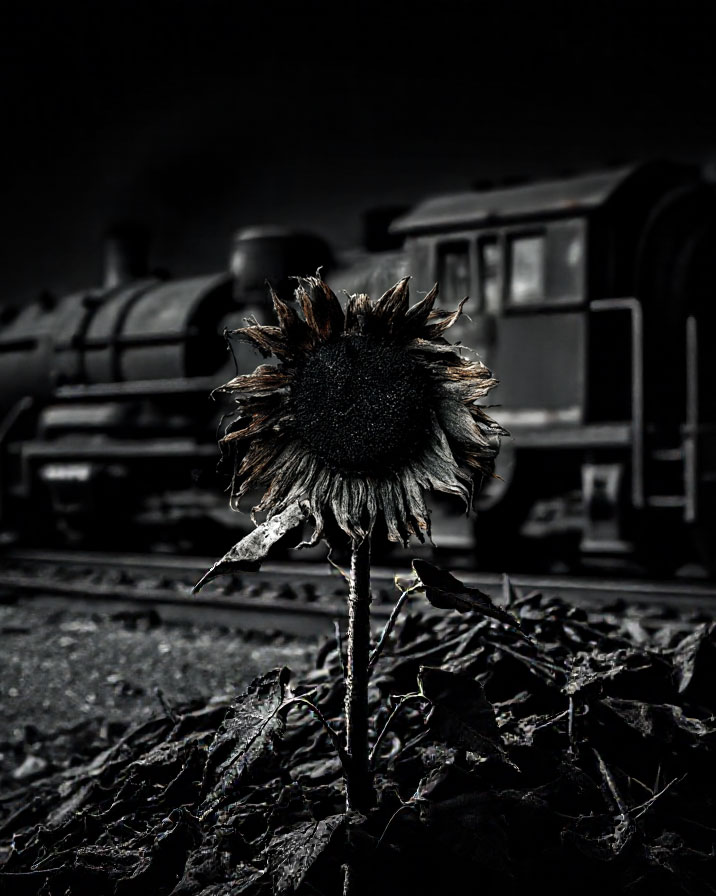Beltane approaches. Gardner called it Lady Day. In the restored Anglo-Saxon calendar, it is the Festival of Flowers. In our grove, we celebrate the goddess’s earthly aspect.
May Day is a vibrant and joyous festival marking the peak of spring and the approach of summer. It is a festival of fertility, abundance, and renewal, symbolizing the union of the Earth and the Sun. Traditional practice at this time include dancing around the Maypole, lighting bonfires, and performing rituals to honor nature’s blossoming vitality. It is a time to embrace passion, creativity, and the warmth of the season, inviting prosperity and love into one’s life for a fruitful summer. Like the days surrounding All Hallow’s, the in-between period between summer and winter, Beltane is a time when the veil that separates the physical and spiritual realms is thin, making it ideal for magic and connection with unseen energies.
Beltane has roots deep in ancient Gaelic traditions. It marks the beginning of summer and was historically observed in Ireland, Scotland, and the Isle of Man. The name “Beltane” comes from Old Irish, often associated with the god Bel or Belenus, a deity linked to fire and the sun.
Ancient Beltane festivities centered around bonfires, which were believed to have protective and purifying powers. People and cattle would pass between or leap over the flames to ensure health and fertility for the coming season. Homes and livestock were decorated with yellow May flowers, symbolizing fire and vitality.
The festival was also a time when the veil between the human and supernatural worlds was thought to be thin, making it an ideal moment for rituals and offerings to spirits.
The Anglo-Saxon festival associated with the arrival of May was known as Eostre or a variation thereof, honoring fertility, renewal, and the blossoming of nature. Though detailed records of specific May Day celebrations are scarce, the Anglo-Saxons, like many early European cultures, observed the changing seasons with rites that celebrated the fertility of the land and the abundance of spring. Flowers played a significant role, symbolizing growth and the divine feminine. Some scholars speculate that remnants of these traditions may have influenced later May Day customs, including the weaving of floral garlands, dancing, and revelry marking the full return of warmth and light
Whether through feasting, rituals, or simple acts of gratitude toward the Earth, Beltane encourages celebration of life’s beauty and the blessings of growth.

“We’re not our skin of grime, we’re not dread bleak dusty imageless locomotives, we’re golden sunflowers inside, blessed by our own seed & hairy naked accomplishment-bodies growing into mad black formal sunflowers in the sunset, spied on by our own eyes under the shadow of the mad locomotive riverbank sunset Frisco hilly tincan evening sitdown vision.”
–Allen Ginsberg “Sunflower Sutra” 1955
Even there, intimacy evolved its alchemy. –Jean Genet, Our Lady of Flowers
If you enjoyed this article, don’t miss our future posts by joining our mailing list.
